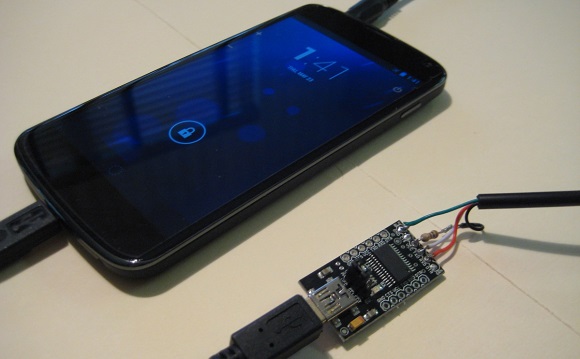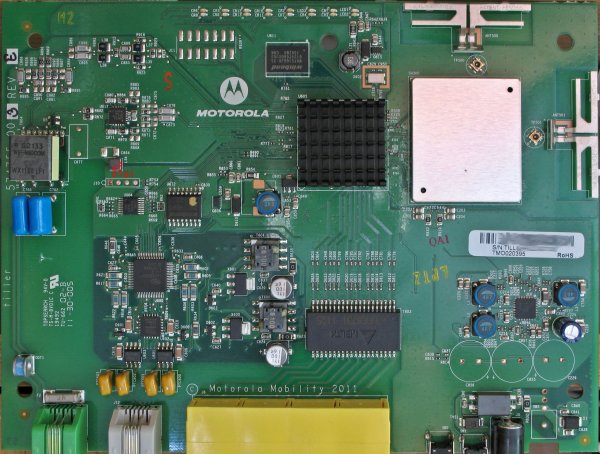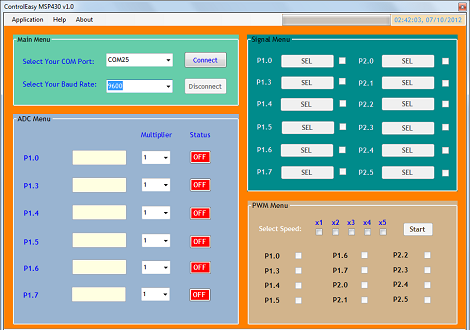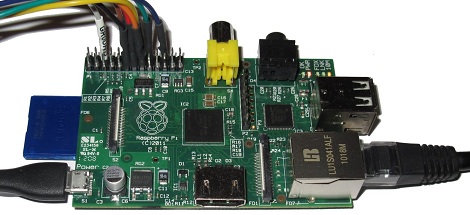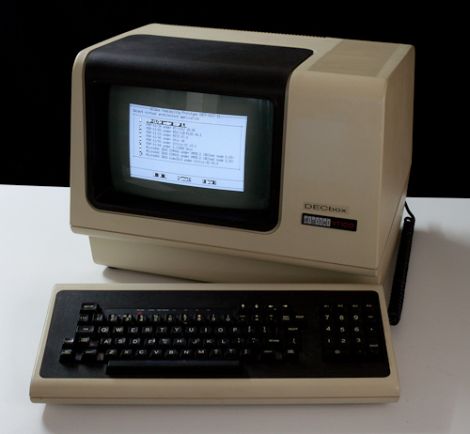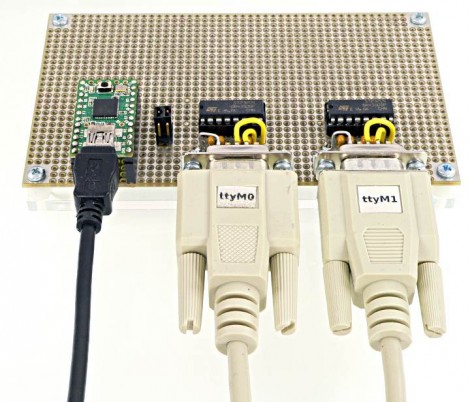Having a serial port on any Linux box is always useful, but with the tiny computers we’re carrying around in our pockets now, that isn’t always an option. Some of the more advanced phones out there break out a UART on their USB OTG port, but the designers of the Nexus 4 decided to do things differently. They chose to put the Nexus 4’s serial port on the mic and headphone input, and [Ryan] and [Josh] figured out how to access this port.
Basically, the Nexus 4 has a tiny bit of circuitry attached to the microphone input. If the Nexus detects more than 2.8 Volts on the mic, it switches over to a hardware UART, allowing everything from an Arduino to an old dumb terminal to access the port.
The guys used a USB to serial FTDI board wired up to a 3.5 mm jack with a few resistors to enable the hardware UART on their phone. With a small enclosure, they had a reasonably inexpensive way to enable a hardware serial port on a mobile device with GPS, cellular, a camera, and a whole bunch of other sensors that any portable project would love.
EDIT: An anonymous little bird told us this: “You should add a note to the Nexus 4 serial cable post that TX and RX need to be 1.8V. If you use 3.3V USB cables, you will likely eventually fry something. FTDI makes 1.8V IO cables that work – you just need to make the trigger voltage for the mic line.” Take that for what you will.

